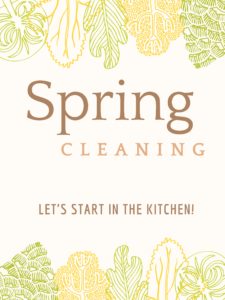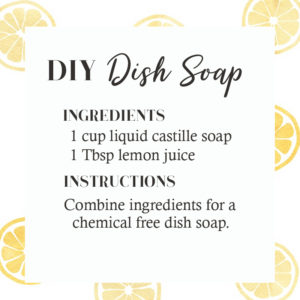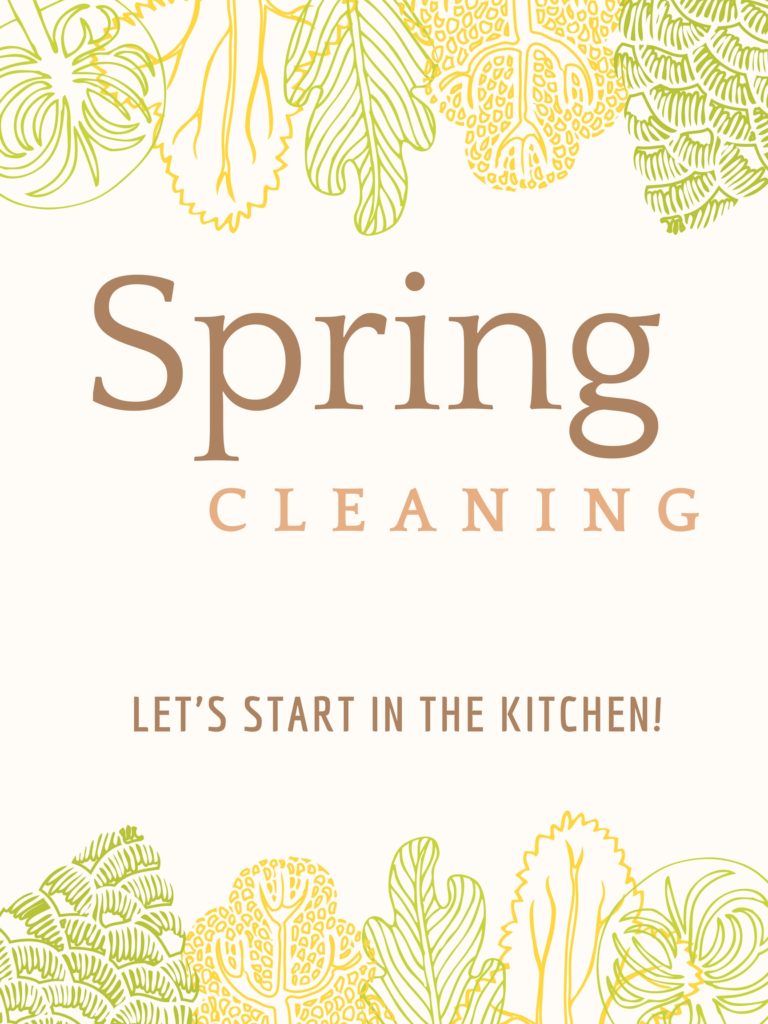Home and DIY, Non-Toxic Products
It’s Time for Spring Cleaning!
 It’s finally time! Time to do a little spring cleaning in your home … but this year, let’s do it a little differently. Let’s look at what we are using in and around our homes and how those things may be affecting our health.
It’s finally time! Time to do a little spring cleaning in your home … but this year, let’s do it a little differently. Let’s look at what we are using in and around our homes and how those things may be affecting our health.
Last time we talked about the FDA, and today we will briefly mention the EPA. The EPA was created for the purpose of protecting human health and the environment. However, of the 80,000 known chemicals, only 200 are tested by the EPA. That’s a pretty scary fact. Many of us don’t even think about the chemicals that may be in our everyday lives – in our personal care products, our food, and in our home.
Our goal in the coming weeks is to empower you, as the consumer to not only have the option, but the knowledge to make changes towards a healthier home. It can be a daunting task, but we will be taking it a room at a time.
Today we are going to start in the KITCHEN with just two products you are probably using!
Dish Soap
Let’s start with your dish soap. The chemicals that you want to avoid when selecting a dish soap are:

- chlorine
- dioxane
- chlorine dioxane
- alkyl phenoxy ethanols (APEs)
- phosphates
- dichloromethane (DCM)
- sodium lauryl/laureth sulfate
- diethanolamine (DEA)
- synthetic fragrances
Some alternatives you may consider:
- Meyer’s Dish Soap
- Sun & Earth Liquid Dishwashing
- Bronner’s Pure Castile Soap
Instead of purchasing a dish soap you could also DIY your own!
Counter-top Spray
What’s in your countertop spray? To begin you want to avoid the following:
- sodium hypochlorite (bleach)
- ammonium chlorides: APEs act as surfactants, meaning they lower the surface tension of liquids and help cleaning solutions spread more easily over the surface to be cleaned and penetrate solids. APEs are found in detergents, disinfectants, all-purpose cleaners and laundry cleansers. They are also found in many self-care items including spermicides, sanitary towels and disposable diapers. APEs are known endocrine disruptors.
- formaldehyde is commonly known as a preservative. Many people do not know that it is also a germicide, bactericide and fungicide, among other functions. Formaldehyde is found in household cleaners and disinfectants. Formaldehyde is a carcinogen.
- triethanolamine (TEA)
- diethanolamine (DEA)
- dioxane
Some Alternatives to consider:
- ECOs All Purpose Cleaner
- Common Good and Co All Purpose Cleaner
Instead of purchasing a spray you could also DIY your own! Here is a simple recipe for you to follow:
DIY CLEANING SPRAY
INGREDIENTS:
1 cup distilled white vinegar
1 cup water
3 drops tea tree oil
3 drops grapefruit essential oil
DIRECTIONS:
You’ll need a 16-ounce glass bottle with a spray attachment. Pour the vinegar, then water into the bottle. Use a small funnel if necessary. Slowly pour three drops of tea tree oil and three drops of grapefruit essential oil into the bottle. Shake the bottle vigorously before using to allow all ingredients to distribute evenly throughout. Spray directly onto the surface or onto a kitchen towel and wipe area clean.
We know that there are so many more things that we could cover, but for now we really just want to keep things simple for you and give you just a few ideas. Happy cleaning!
Until next time, with love.



You have mentioned very interesting points! ps nice website.